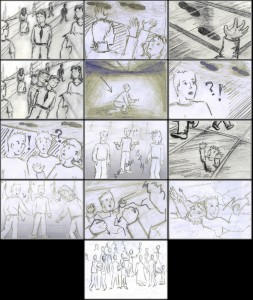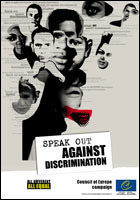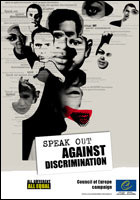Para leer este blog en español pincha aquí.
When you are working on an audiovisual project there are a lot of overlapping issues, interdependent decisions to take, and this makes things difficult. While we are looking for actors, we are also looking for a studio to shoot the video. This is not easy. We have to remember we will need a green background, for the chroma keys, or an infinity cove, to get that white non-discernable atmosphere. We must also decide how many days we will need, where the studios are, which further services they offer, any possible discounts we may get…
Let’s take it step by step and just grab the telephone- a producer’s best friend. We have to be down-to-earth: our English can be a handicap, and our lack of experience doesn’t help. The best thing to do is to know what information we need to get:
- Hiring price
- Dimensions
- Is it possible to paint it green? How much will they charge for this?
- Is it available in the shooting days?
- How many days in advance do we need to book it? Do we have to pay a deposit?
- Discounts
Eventually we have a list of studios scattered all over the city. As we have a very tight budget we have to focus on to the most affordables ones. Once again we are working with words, suggestions, ideas… everything is too abstract. We need to go and see the studio and decide if it fits our requirements (if we really know which our requirements are!).
Oyster Card is popped in the pocket and we set off to Norh London. There we meet the CGI specialist. Coffees, decisions progressing, decisions going back, redesign of some shots… “We should shoot this with a chroma key. No, this one is better with a white background”. Scribbles, deletions, drafts… This video is constantly changing and sometimes it is one step forward and fifty steps back.
It is midday and we head off to the first studio hoping to find the answer to all our questions.
Its too small! Sometimes it seems that we will never shoot this project and all that we are doing is wasting our time, but we cannot get demoralized.
Hopeful, we go to another nearby studio. We haven’t made an appointment, but the studio are professional and friendly and answer our questions.
Things pick up, it seems that we have a place to shoot our video. On our way home we write down which shots will need chroma key and which won’t, so we can make the shooting schedule and give them a time and date. We must take the right decisions in order to optimize time and money. We don’t want 13 actors strolling in the studio for 2 days when most of them can do their role in one single morning.
So, what else do we need? Yeah, right, the glass of course…
If you want to get more information about the project “Speak out against discrimination”, click here.
For more information about Spectacle, click here.



